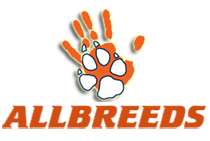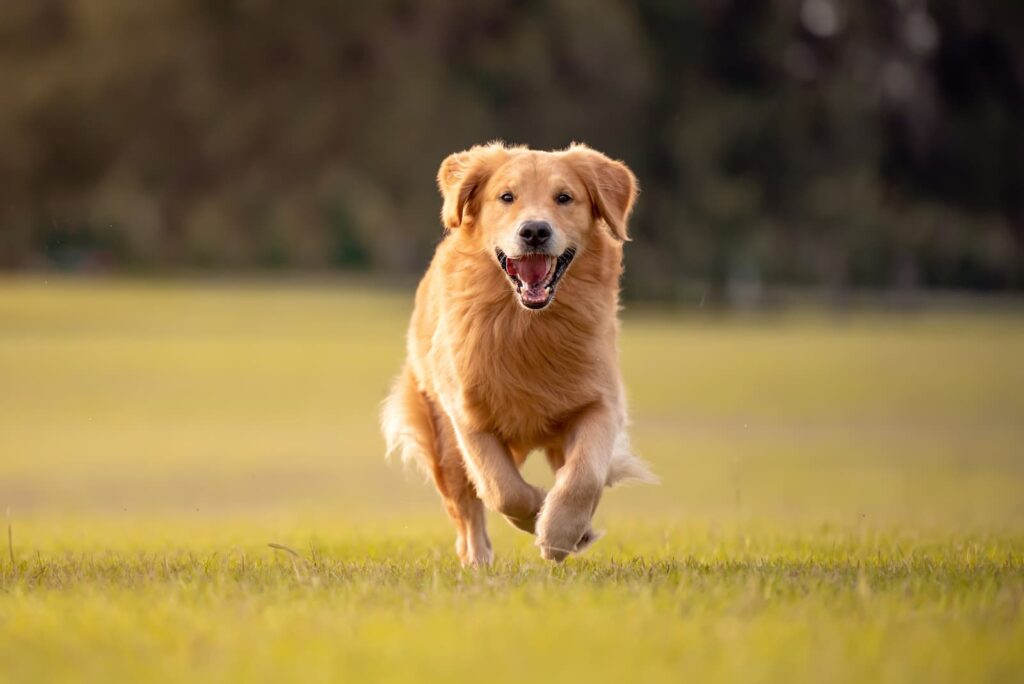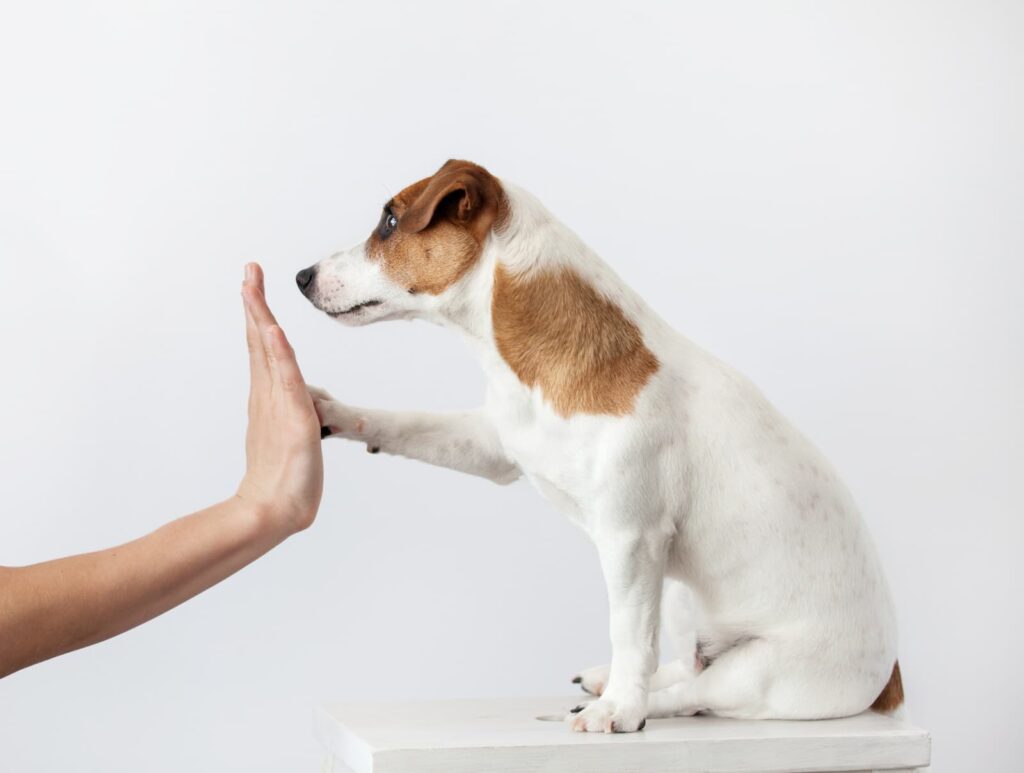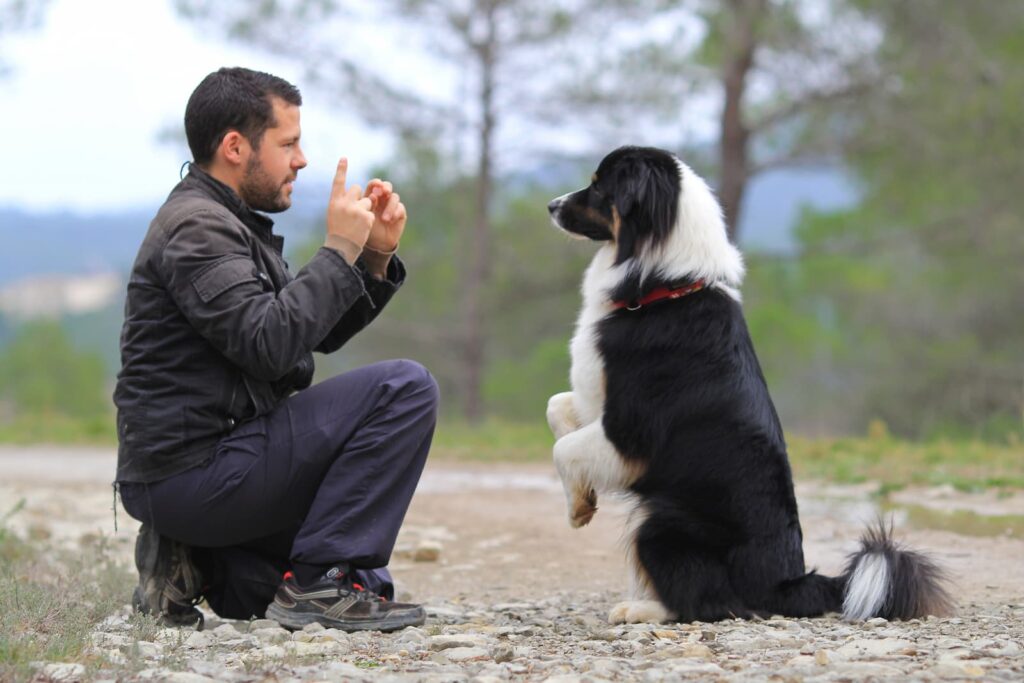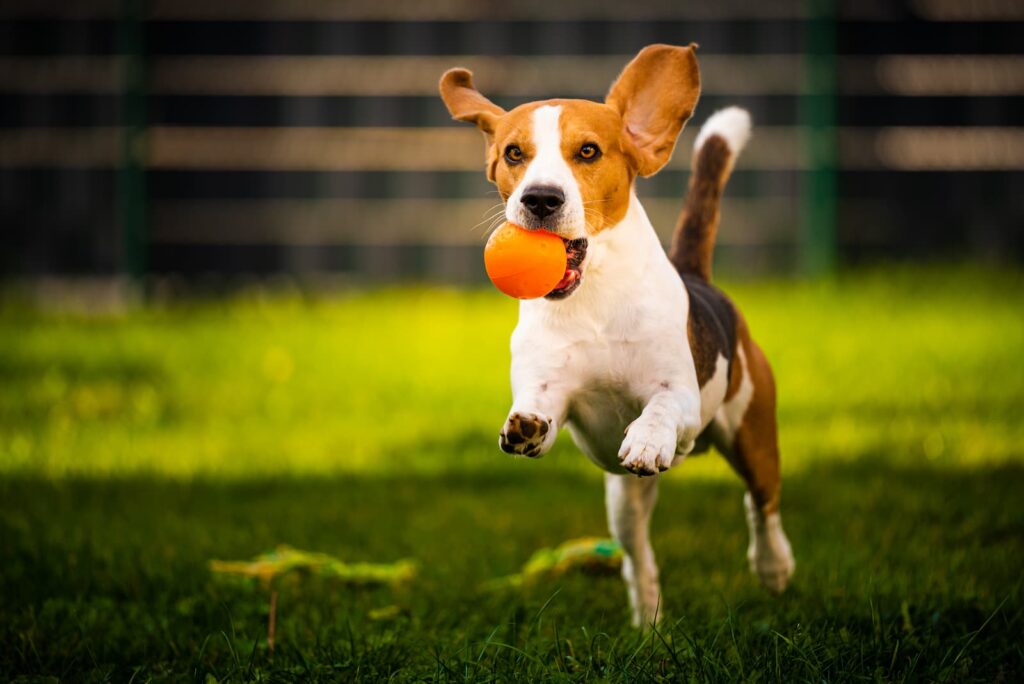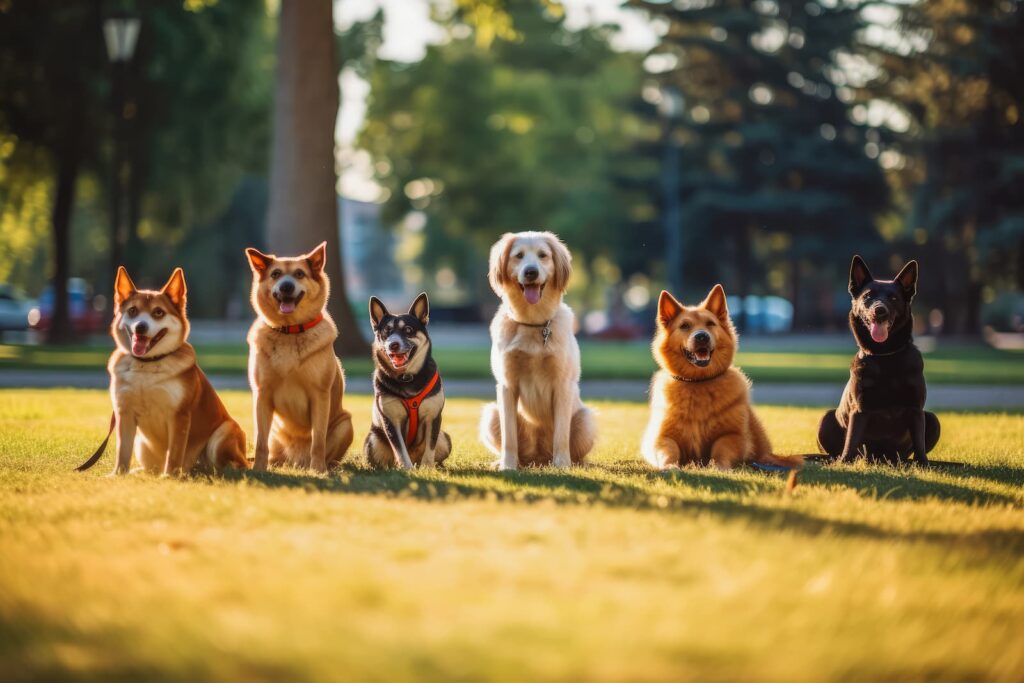How Experts Train Your Dog to Come When Called
Training your dog to come when called is an essential skill for every canine companion. It ensures their safety and allows for greater freedom during walks and outdoor activities. We’ve helped countless Perth dog owners achieve reliable recall through proven dog training techniques and consistent practice.
A well-trained recall can be life-saving in dangerous situations, such as when your dog is approaching a busy road or encountering other potentially dangerous situations. It also enhances the bond between you and your furry friend, building trust and communication.
Our expert trainers at Allbreeds use positive reinforcement methods to teach dogs of all ages and breeds this crucial command. We focus on making the training process enjoyable for both dogs and their owners, setting them up for long-term success in real-world scenarios.
Step-by-Step Guide to Teaching the “Come” Command
Teaching your dog to come when called is a crucial skill for their safety and your peace of mind. We’ve broken down the process into simple, effective steps to help you train your furry friend.
Step 1 – Start in a Distraction-Free Zone (Indoor or Backyard Practice)
Begin training in a quiet, enclosed area like your living room or backyard. This helps your dog focus on you without distractions. Have some high-value treats ready as rewards.
Call your dog’s name followed by “come” in a cheerful voice. When they approach, praise them enthusiastically and offer a treat. Repeat this process several times daily, gradually increasing the distance between you and your dog.
If your dog doesn’t respond, try making exciting noises or running away playfully to encourage them to follow. Never punish your dog for not coming; always keep training sessions positive and fun.
Step 2 – Use Verbal Cues and Hand Signals Together for Clarity
Combine a clear verbal command with a consistent hand signal to reinforce the “come” cue. We recommend using an open-armed gesture, as if welcoming your dog for a hug.
Say “come” while simultaneously performing the hand signal. When your dog responds, reward them with treats and praise. Practice this combination regularly to strengthen the association between the verbal cue, hand signal, and the desired action.
Vary your position in the room or yard to challenge your dog. This helps them understand that “come” means to approach you, regardless of where you are.
Step 3 – Introduce Controlled Distractions Gradually
Once your dog reliably comes when called in a quiet environment, it’s time to add mild distractions. Start with low-level distractions like toys on the ground or a family member moving about nearby.
Call your dog and reward them generously when they come despite the distraction. If they struggle, reduce the difficulty level and build up slowly. Patience is key here – don’t rush this stage.
Gradually increase the level of distraction over time. This might include practising in the garden with ambient noises or having someone bounce a ball nearby. Always set your dog up for success by not overwhelming them too quickly.
Step 4 – Use Leash Training for Safe Practice in Public Spaces
When you’re ready to practice outdoors, use a long training lead for safety. This allows your dog some freedom while ensuring you maintain control. Choose a quiet park or open area for initial outdoor sessions.
Start with your dog close by and gradually increase the distance. If they don’t respond to your call, gently guide them towards you using the lead. Reward them warmly when they reach you.
Practice in various locations to help your dog generalise the command. Remember to always obey leash laws in public areas. As your dog’s reliability improves, you can begin practising off-lead in secure, enclosed spaces.
Tools and Techniques to Enhance Recall Training
Effective recall training requires a combination of proven tools and techniques. These methods help reinforce the desired behaviour and create a strong, reliable response from your dog. The experts at Allbreeds have years of experience when it comes to professional dog training, here are just a few of their recommended tools and techniques.
Positive Reinforcement – The Key to Long-Term Success
Positive reinforcement is the cornerstone of successful recall training. We use rewards to encourage our dogs to come when called, creating a positive association with the command. This can include treats, praise, toys, or playtime – whatever motivates your dog most.
It’s crucial to reward your dog’s attention almost immediately when they respond to the recall command. This timing helps them understand exactly which behaviour is being rewarded. Consistency is key; reward every successful recall during the training phase.
We recommend varying the rewards to keep your dog engaged. Sometimes offer a small treat, other times lavish praise or a quick game. This unpredictability can make the training more exciting for your dog.
High-Value Treats vs. Low-Value Treats – When to Use Each
The choice of treats can significantly impact your recall training success. High-value treats are extra special, often smelly or tasty items your dog rarely gets. These might include small pieces of chicken, cheese, or liver.
We use high-value treats for challenging situations or when first introducing the new recall cue or command. They’re perfect for outdoor training where there are more distractions.
Low-value treats, like regular kibble or small biscuits, are suitable for indoor training or reinforcing already learned behaviours. They’re less exciting but still effective for maintaining the recall response.
It’s important to adjust the treat value based on the difficulty of the situation and your dog’s progress in training.
Clicker Training for Precision in Response Time
Clicker training is a powerful tool for sharpening your dog’s recall response. The clicker provides a precise marker for the exact moment your dog performs the desired behaviour.
We use the clicker to ‘mark’ the instant your dog starts moving towards you in response to the recall command. This clarity helps your dog understand exactly what action is being rewarded.
To introduce clicker training:
- Pair the click sound with a treat
- Use the clicker when your dog responds to the recall
- Follow immediately with a treat
Clicker training can significantly improve your dog’s response time and reliability in coming when called.
Why Teaching Recall is Crucial for Your Dog’s Safety and Happiness
Teaching your dog to come when called is essential for their wellbeing and your peace of mind. A reliable recall can prevent accidents, strengthen your bond, and provide greater freedom for your furry friend.
The Role of Recall in Preventing Dangerous Situations
A strong recall command can be a lifesaver in hazardous situations. When your dog is about to dash into traffic or approach an aggressive animal, a quick “Come!” can prevent disaster.
We’ve seen countless cases where a solid recall has kept dogs safe from harm. It’s especially crucial in unfenced areas or during off-leash walks where unexpected dangers may arise.
Training recall also helps in less dramatic but equally important scenarios. It allows you to swiftly remove your dog from uncomfortable social situations or guide them away from areas they shouldn’t explore.
Building Trust and Strengthening the Human-Dog Bond
Consistent recall training fosters a deeper connection between you and your pet. When your dog responds reliably to your call, it demonstrates their trust in you as their leader and protector.
This mutual trust forms the foundation of a strong relationship. Your dog learns that coming to you results in positive experiences, not punishment or the end of fun.
Regular practice of recall reinforces your role as a source of safety and rewards. This strengthens your overall communication and makes other training tasks easier.
How a Reliable Recall Supports Off-Leash Freedom
A dog with excellent recall skills can enjoy more freedom to explore and play. We’ve found that owners are more likely to allow off-leash time when they’re confident their dog will return promptly.
This freedom is invaluable for a dog’s mental and physical health. It allows them to engage in natural behaviours like sniffing, running, and socialising at their own pace.
Off-leash exercise often provides more intense physical activity, helping to maintain a healthy weight and reduce behaviour problems linked to boredom or excess energy.
Beyond Basics – Advanced Recall Techniques
Advanced dog recall training techniques build upon basic obedience to ensure your dog responds reliably in challenging situations. These methods enhance your dog’s focus and reinforce the importance of coming when called, no matter the circumstances.
Recall in High-Distraction Environments (e.g., Parks and Beaches)
Training recall in busy areas requires patience and consistency. Start by practising in mildly distracting environments, gradually increasing difficulty. Use a long lead for safety and control.
Choose a unique recall word or whistle that cuts through noise. Reward generously with high-value treats when your dog responds. Introduce distractions systematically – other dogs, people, or toys – and praise enthusiastically for successful recalls.
Practise “leave it” commands alongside recall to help your dog ignore temptations. Use sudden movements or exciting noises to capture attention before calling. Always end sessions on a positive note to keep your dog eager for future recall training fun.
Introducing Emergency Recall Commands for Extreme Situations
Emergency recall is crucial for potentially dangerous situations. Select a distinct command, like “now” or a specific whistle pattern, reserved solely for urgent recalls.
Start training indoors with no distractions. When your dog responds, reward lavishly with an irresistible jackpot – think cheese, cooked meat, or a favourite toy. Gradually increase distance and distractions.
Practise randomly to maintain reliability. Never punish your dog for a slow response; always make coming to you the best choice. Use the emergency recall sparingly in real-life situations to preserve its power.
Recall During Playtime – Balancing Fun and Obedience
Incorporating recall into playtime strengthens the bond between you and your dog while reinforcing obedience. Begin with short play sessions, calling your dog frequently and rewarding with continued play.
Use a release word like “go play” after each successful recall to clearly signal the resumption of fun. This teaches your dog that coming when called doesn’t always end the game.
Vary the timing of recalls during play to prevent predictability. Sometimes recall for a quick treat, other times for a new game. This unpredictability keeps your dog engaged and responsive.
Common Mistakes in Recall Training (and How to Avoid Them)
Effective recall training requires consistency, patience, and the right approach. Many dog owners unknowingly make mistakes that hinder their progress.
Repeating the Command Too Often – Why it Weakens Recall
We often see owners calling their dogs repeatedly when they don’t respond. This practice weakens the command’s effectiveness. Dogs learn to ignore the first few calls, waiting for the “serious” one.
Instead, use the command once and wait. If your dog doesn’t respond, move closer and try again. Always reward compliance, even if it takes multiple attempts.
Consider using a unique sound or whistle for recall. This can be more effective than a verbal command, especially in noisy environments.
Using the “Come” Command for Punishment
A common error is calling a dog and then scolding or ending playtime. This creates negative associations with the recall command.
Never punish your dog for coming to you, even if they’ve been naughty. Always make coming to you a positive experience.
Use a different cue for less pleasant activities. For example, say “time to go” when leaving the park, rather than “come”.
Inconsistent Training Environments
Many owners practice recall only at home or in low-distraction areas. This doesn’t prepare dogs for real-world scenarios.
Start in a quiet space, then gradually introduce distractions. Practice in various locations:
- Different rooms in the house
- Your backyard
- Local parks (on a long lead)
- Areas with other dogs (from a distance)
Vary the rewards to keep your dog interested. Use high-value treats for challenging situations.
How to Troubleshoot Recall Problems
If your dog’s recall is unreliable, take a step back in your training. Identify where the problems occur and focus on those scenarios.
Keep a training log to track progress. Note:
- Success rate
- Distractions present
- Time of day
- Your dog’s energy level
This information can help pinpoint patterns and areas for improvement.
Consider using a long lead for safety during outdoor training. This long leash also allows your dog freedom while maintaining control.
If struggles persist, reassess your dog training reward system. Are you using treats your dog truly values? Sometimes, play or praise can be more motivating than food.
Remember, consistency is key. Every family member should use the same command and reward system for recall.
Final Thoughts – Creating a Life-Long Habit of Recall with Your Dog
Establishing a strong recall is an ongoing process that doesn’t end after initial training. We encourage dog owners to continue practising regularly, even when their pup seems to have mastered the skill.
Consistency is key. By incorporating recall exercises into daily routines, we reinforce the behaviour and keep it fresh in our dog’s mind. This could be as simple as calling them for meals or before walks.
It’s crucial to maintain a positive association with coming when called. We recommend using high-value treats and enthusiastic praise to reward your dog’s response. This helps solidify the habit and makes it more likely they’ll respond in challenging situations.
Why ongoing practice matters:
- Keeps the command strong
- Adapts to new environments
- Reinforces the bond between dog and owner
Celebrating small wins is vital for both you and your dog. Each successful recall, no matter how small, deserves recognition. This keeps motivation high and makes training enjoyable for everyone involved.
At Allbreeds K9 Bootcamp, we’re committed to helping you build a lifelong habit of reliable recall with your furry friends. If you’re looking for tips to strengthen your dog’s response or need help with any aspect of training, give us a call. We’re here to support you and your dog on your training journey.
